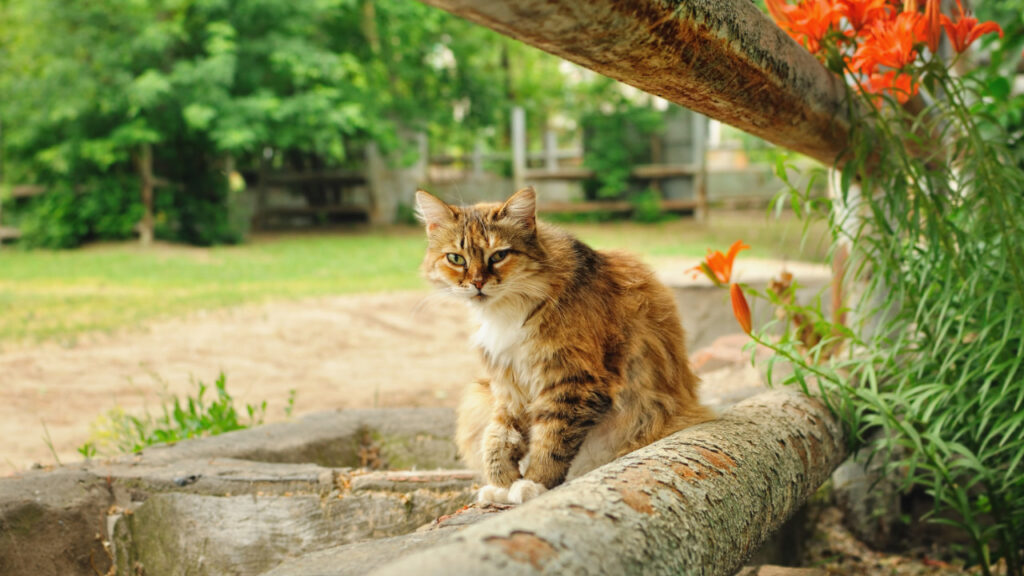Hidden danger in the vase: lilies and cats

Lilies are admired for their beauty, fragrance, and vibrant colours. But what many people don’t realise is that these popular flowers are highly toxic to cats. Even the smallest nibble can cause catastrophic kidney failure – and tragically, many cats do not survive despite intensive treatment.
Signs of lily poisoning
Symptoms can develop within just a few hours of ingestion. Early signs include:
-
Lethargy or depression
-
Loss of appetite
-
Vomiting (sometimes with pieces of the plant visible)
As the toxin begins to damage the kidneys, more severe signs may appear, such as:
-
Reduced or no urination
-
Dehydration
-
Collapse or death
What to do if your cat eats a lily
If you suspect your cat has eaten – even a tiny piece – of a lily, seek veterinary care immediately. Do not wait for symptoms to appear. The sooner treatment begins, the better the chances of survival. Bring a photo or sample of the plant with you to help the vet identify it.
Prevention is the best medicine
When it comes to lilies and cats, prevention is absolutely critical. Keeping lilies in a home with a cat is like playing Russian roulette with their life. The safest choice is to:
-
Avoid buying or displaying lilies.
-
Politely decline them as gifts.
-
Ensure they are not growing in your backyard.
Final thought
Lilies may be stunning, but for cats, they are deadly. By keeping these flowers out of your home and garden, you’re not only protecting your pet – you’re giving them the best chance at a long, healthy life.